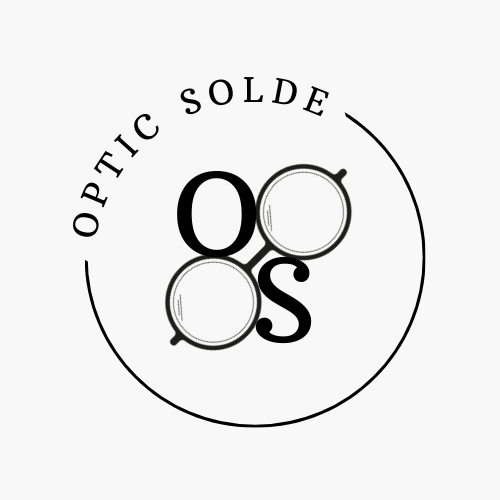The Impact of Virtual Reality on Prescription Eyewear
Virtual Reality (VR) has emerged as one of the most exciting and innovative technological advancements of our time. From gaming and entertainment to healthcare and education, VR has made its way into various industries, transforming the way we perceive and interact with the digital world. In recent years, VR has also started to have a significant impact on prescription eyewear, enhancing the experience for individuals with visual impairments. In this article, we will explore the potential benefits of VR on prescription eyewear and how it is revolutionizing the way people with impaired vision perceive the world.
1. Enhanced Visual Experience:
Traditionally, individuals with visual impairments had limited options for improving their vision. Prescription eyewear, such as glasses or contact lenses, provided corrective measures, but they couldn’t truly enhance the visual experience. With the integration of VR technology, prescription eyewear now has the potential to open up a whole new world for those with impaired vision.
Through VR headsets, individuals can experience an immersive digital environment where their vision can be tailored to their specific needs. This means that individuals with different visual impairments, whether nearsightedness, farsightedness, or astigmatism, can have their prescriptions customized within the virtual world. It allows them to see the world with greater clarity, potentially improving their overall visual experience.
2. Adaptive and Personalized Solutions:
VR technology is rapidly advancing, and the capabilities of VR headsets are continually improving. With the integration of advanced optical technologies, such as adaptive lenses and eye-tracking systems, VR can now adapt in real-time to an individual’s prescription and eye movements, providing a personalized experience.
These adaptive solutions enable VR headsets to seamlessly integrate with prescription eyewear. By tracking the user’s eye movements, VR can adjust displayed images or simulations to optimize the clarity and focus for each individual. This customization ensures that they have the most accurate and comfortable visual experience while engaging with the virtual environment.
Bullet List:
– Improved Accessibility: VR on prescription eyewear can enhance accessibility for individuals with visual impairments, allowing them to experience and interact with digital content effectively.
– Rehabilitation and Therapy: VR-based rehabilitation and therapy programs have shown promising results in improving vision-related conditions. Prescription eyewear integrated with VR can enhance these programs by providing personalized exercises and visual simulations.
– Training and Education: Virtual reality has the potential to revolutionize training and education for individuals with vision impairments. From virtual classrooms to interactive simulations, VR on prescription eyewear can enable visually impaired individuals to participate in educational and professional environments more effectively.
– Gaming and Entertainment: VR gaming and entertainment experiences have gained immense popularity. With prescription eyewear integration, visually impaired individuals can enjoy these immersive experiences, leveling the playing field for gamers with visual impairments.
– Research and Development: VR on prescription eyewear presents new opportunities for researchers and developers in the field of vision science. By leveraging VR’s capabilities, they can study visual perception, eye conditions, and develop innovative solutions to further enhance the visual experience for individuals with impairments.
In conclusion, the impact of VR on prescription eyewear is profound. It has the potential to enhance the visual experience for individuals with impairments, providing adaptive and personalized solutions. With improved accessibility, enhanced rehabilitation programs, and innovative educational applications, VR is revolutionizing the way individuals with visual impairments perceive and interact with the world. As VR technology continues to advance, we can expect even greater integration and possibilities for prescription eyewear, ultimately improving the quality of life for those with impaired vision.
